So you have decided to take the plunge into wet shaving, but where should you begin? The amount of information online can be overwhelming. Keep in mind that men and women have been wet shaving for centuries, so it need not be complicated. You will need a few items to start, then a bit of information about how to use them.
The first item you need is a shave brush. Brushes come in a variety of sizes, shapes and materials. The bristles can come from animals, such as boar, badgers or horses, or can be made from synthetic materials. Each material has its own set of properties and there are proponents of each type of brush. For the sake of simplicity, a brush with a synthetic knot is recommended for a beginner. First, most synthetic brushes cost less than brushes made with animal hair. Also, synthetic brushes tend to make a suitable lather more quickly and easily than do animal brushes, so they will help to shorten the lather building learning curve. When choosing a brush, the stated sizes are derived from the diameter of the bristles where they exit the handle. Brushes from 22mm to 26mm are good, all-around sizes for face shaving. For head or leg shaving, brushes 26mm and larger are often preferred.

Next up is the razor. Wet shavers prefer to use either a safety razor, a straight razor or a shavette. For now, let’s talk about the most common wet shaving razor, the double edge safety razor. This razor is most often three pieces, comprised of a handle, base plate and cap. This type of safety razor uses a double edge razor blade. The cap has a threaded post that screws into the handle. The blade and baseplate are sandwiched tightly between the cap and the handle. There are all sorts of variations on this relatively simple theme. If you are a novice wet shaver, don’t get bogged down in the terminology and design variations. Look for a razor that is described as “mild.” This will be the easiest, most comfortable type of razor for a beginner.
Once you decide on a razor, you will need some double edge razor blades. Many shavers have a preferred brand or two. Fortunately, most double edge blades are inexpensive, so trying a few brands shouldn’t cost very much. When you settle on a preferred blade, it is cheaper and more convenient to buy them in bulk packs of 100 blades or more.
Now comes the fun part…choosing your shaving soap. If you think there is a mind boggling number of brush and razor choices, you haven’t seen anything yet! It’s hard to know where to begin, so I suggest you stick with some of the classic brands for now. Wet shavers have enjoyed brands like Proraso, Mitchell’s Wool Fat, Tabac and Saponificio Varesino for decades. Read the descriptions and pick one with an appealing scent. Or, if you prefer, go with an unscented soap. If your soap is sold as a loose puck, you will need a mug for it. You can buy one or use a coffee mug from your kitchen cabinet. Many soaps come inside of plastic tubs or metal tins and a mug is unnecessary. The lathering process is more or less the same with either container. Once you choose your soap, add your aftershave of choice and you should be ready to go.


